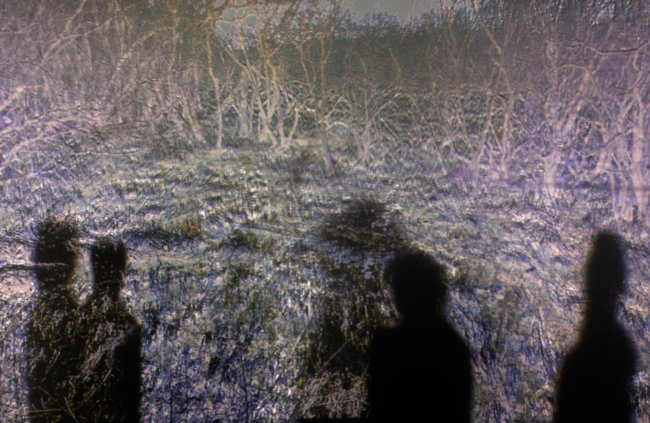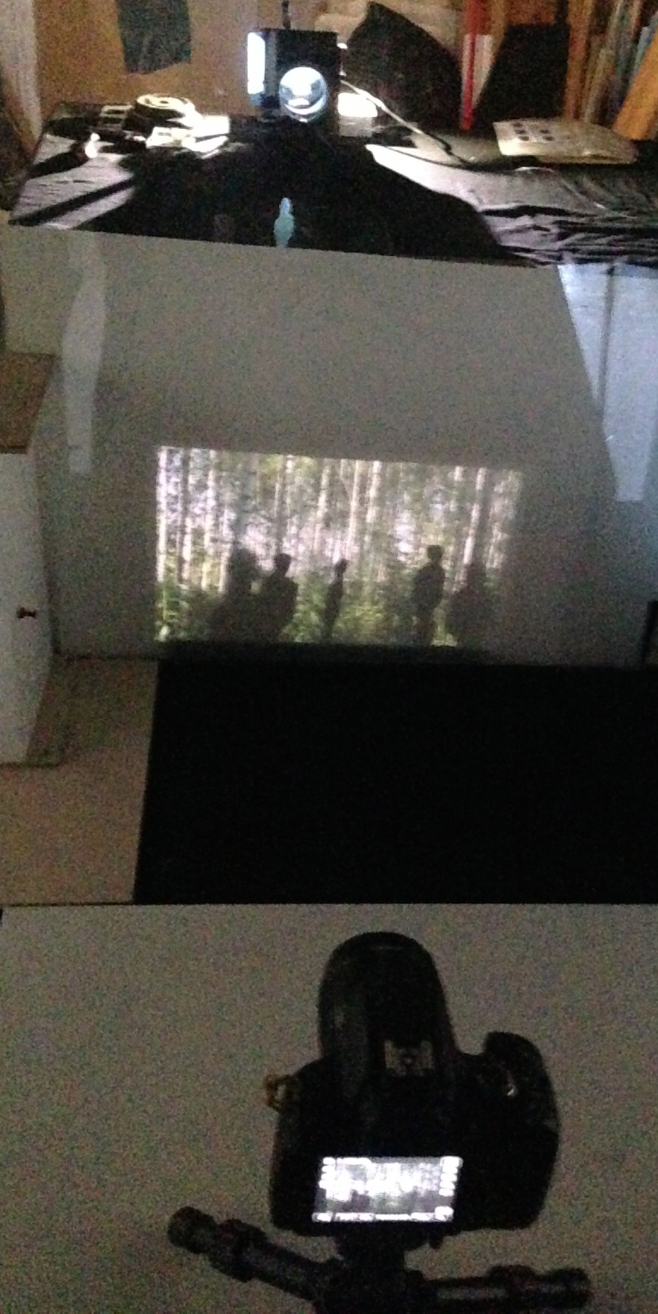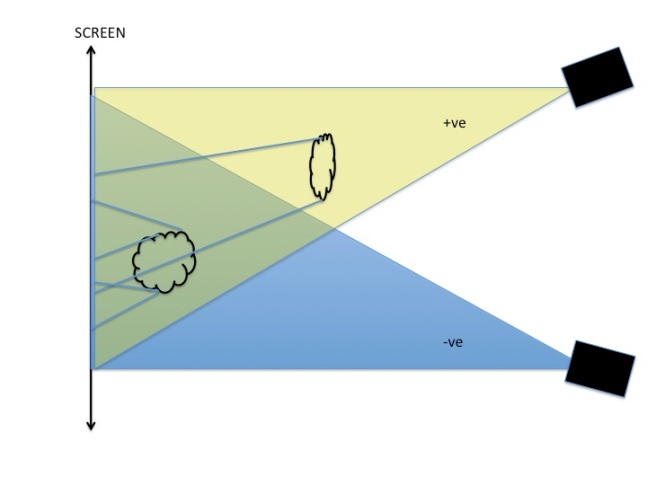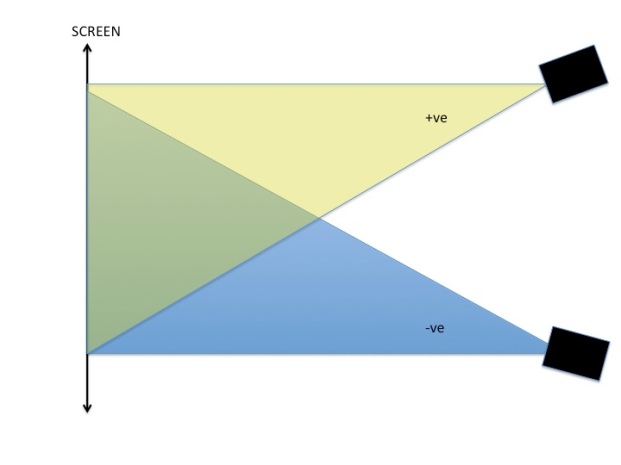Summary
Introduction
This is a reflection on the reflections in the blog. Here I will address some of the main themes that have arisen from from my research during Unit 1, show how they relate to the research paper and the practice research, and how the project proposal changed as a result. I have also recently posted on the reflective aspects of the blog in Unit 1 here, looking at the extent to which reflections have found their way onto the blog or not and why.
https://odradeksjourney.wordpress.com/2017/11/13/reviewing-the-reflective-journal-for-unit-1/
A semi-chronological review of the blog to date
Odradek started as a kind of mascot for the blog.
https://odradeksjourney.wordpress.com/2016/09/17/the-figure-of-odradek/
In Kafka’s short story he hangs around in the periphery of vision, in the stairwell and on the landing. A kind of liminal figure who seems to have forseen the current theme of the project.
In the early stages of the course I was looking for a thematic driver for my work and started to explore spectrality; the main sources and blog notes are below while the project proposal v1 document is the best summary of how I intended to implement this in my work.
https://odradeksjourney.wordpress.com/2016/10/12/the-spectralities-reader-ghosts-and-haunting-in-contemporary-cultural-theory/
https://odradeksjourney.wordpress.com/2017/01/15/spectrality-articles/
Notes from train to Manchester 3
https://odradeksjourney.wordpress.com/2016/12/20/phantasmagoria/
I discuss this in the project proposal review post in detail, but over term 2 spectrality faded out as a thematic driver in my work. I think the main issue may be that it comes with a cultural and philosophical perspective that lines up well with an essayistic way of working, but I haven’t really taken that up in my practice. Alternatively spectrality of media – noise, the phantasmagoria etc – is something I’m now actively working against. It seems culturally over determined and limiting.
One of the benefits of reading the material on spectrality was that it lead off in a number of interesting directions, in particular to the trace.
Trace
I had been fascinated by the motion photography of Marey (as opposed to Muybridge) for some time without really understanding why. I started to investigate Marey and trace in more detail.
https://odradeksjourney.wordpress.com/tag/marey/
https://odradeksjourney.wordpress.com/2016/10/03/notes-on-trace/
https://odradeksjourney.wordpress.com/2016/09/21/119/
https://odradeksjourney.wordpress.com/2017/01/20/trace-articles/
It soon became clear that trace was a multi-dimensional concept itself that you could pursue in a number of directions; history, memory, photographic theory, forensics, motion capture technology, sound etc.
For example I started to look at traces in Rachel Whiteread (which also led to the negative)
https://odradeksjourney.wordpress.com/2016/11/01/casting-rachael-whiteread/
traces in Mark Bradford
https://odradeksjourney.wordpress.com/2016/10/20/mark-bradford-on-jorn-trace-and-digging/
while Marta Braun’s book on Marey was a key resource.
https://odradeksjourney.wordpress.com/2016/10/11/369/
Trace also got me thinking about the photogram as a trace and the relationship to conventional photography. The following paper was a good starting point for thinking about this.
From Image as Trace: Speculations about an undead paradigm
I subsequently found Agamben’s Notes on Gesture which begins with a discussion of Marey’s motion photography. This became an important starting point in looking at gesture and also led me to Jill Bennett’s paper on Intermediality. Together these papers, along with William Kentridge, ended up forming the core of my research paper. It could have just as easily been about trace itself but I felt it was too broad a subject to tackle and possibly not going to really influence my practice.
https://odradeksjourney.wordpress.com/2017/02/05/trace-gesture-and-agamben/
https://odradeksjourney.wordpress.com/2017/03/01/william-kentridge-rosalind-krauss/
Negative
Thinking about Whiteread’s casts also led to further thoughts on the photographic negative and I decided to try to understand my fascination with the negative in more depth.
The following papers were key in helping me to understand the negative better, including its relationship to casting.
https://odradeksjourney.wordpress.com/2016/11/01/the-photographic-negative-and-casting-articles/
Nyblin’s negatives of paintings helped me to appreciate the role of the negative in intermediality.
https://odradeksjourney.wordpress.com/2016/12/01/daniel-nyblins-photographic-negatives-of-paintings/
while Thomas Ruff linked the negative with the photogram (which is a form of negative). Also read George Baker on Paul Sietsema where he identifies the negative as an intermedial element.
https://odradeksjourney.wordpress.com/2017/03/26/negatives-starting-from-thomas-ruff/
Reading around the photogram lead on naturally from the negative and also complemented the studio work I was doing at the time.
Photograms – starting from Ruff
The following post summarises my thinking on the photogram at the end of March.
https://odradeksjourney.wordpress.com/2017/03/26/photograms-next-steps/
Mid-point review- video, transcript and thoughts
The midpoint review focused on my photogram work in the studio and also dealt with my interest in intermedia and Rosalind Krauss’ essay a Voyage on the North Sea. All this ended up feeding into the research paper.
https://odradeksjourney.wordpress.com/2017/03/09/mid-point-review-video-presentation/
https://odradeksjourney.wordpress.com/2017/03/10/mid-point-video-presentation-term-2-script/
https://odradeksjourney.wordpress.com/2017/03/19/mid-point-review-reflection/
Intermedia
I started to read about intermedia in more detail (preparation for the research paper) and found the following papers to be key references.
https://odradeksjourney.wordpress.com/2016/12/20/papers-on-intermediality/
The following posts about Krauss’ essay and intermedia informed the research paper and how it was written.
https://odradeksjourney.wordpress.com/2017/03/01/voyage-on-the-north-sea-1-rosalind-krauss-and-the-medium/
https://odradeksjourney.wordpress.com/2017/03/01/voyage-on-the-north-sea-2/
https://odradeksjourney.wordpress.com/2017/03/01/voyage-on-the-north-sea-4-intermedia/
Gesture
Gesture became another area of interest which is still developing into an exploration of embodiment and performance.
https://odradeksjourney.wordpress.com/2017/04/20/reading-on-gesture/
For the purposes of Unit 1 the key reference was Agamben’s gestural theory and my incorporation of these ideas into the research paper via Jill Bennett’s paper on intermediality.
The interim show
My thoughts on the work I made for the interim show and observing/helping with the final show setup are here;
https://odradeksjourney.wordpress.com/2017/11/12/interim-show-reflections/
Review of year 1
This is my review of how year 1 developed
https://odradeksjourney.wordpress.com/2017/10/04/review-of-year-1/
The summer break was mainly taken up with finishing the research paper, a holiday and various work commitments. By the beginning of term 4 I realised I needed to rewrite the project proposal from the bottom up. I wanted to respond to the research paper and also identify a better thematic driver. This wasn’t really a complete change of direction, more a question of recontextualising the original proposal v0 and incorporating some aspects of v1. This is discussed in the project proposal section in more detail. The identification of a thematic driver was more of an issue because it required a kind of balance between personal interests that synergised with the more objective media-philosophical approach of the research paper. I eventually realised that the answer was more or less in front of me – liminality.
Liminality and artistic research
Liminality is a concept that travels across anthropology, geography, architecture, performance, psychology and medicine. The following papers guided me through this.
https://odradeksjourney.wordpress.com/2017/11/01/liminality-papers/
The value of liminality as a thematic is that forms a natural dialog with the intermedial working processes I have been developing, while also being something I have strong interest in and have in fact explored over the years in a number of places (not at that time identified as liminal). It is also interesting as a travelling concept because it changes in different fields and so forms a suitable lens for an artistic research process.
I am currently using the liminal as a tool to think back on the work in the studio and forward to plan for the next 2 terms. What is liminal intermediality? In the post below I explore the idea of the screen as a threshold, learning from the photogram work I did previously and extending this to the space within projected images. This opens up the potential to exploit this space in a number of ways.
https://odradeksjourney.wordpress.com/2017/11/09/screen-image-as-threshold-lessons-from-the-photogram/
The combination of negative and positive projections is also interesting.
https://odradeksjourney.wordpress.com/2017/11/13/negative-and-positive-liminality/
I am also starting to think about artistic research processes both in terms of experimental studio work and also in guiding fieldwork into liminality.
https://odradeksjourney.wordpress.com/2017/11/13/artistic-research-papers/
Finally, all reflective journal notes can be found categorised here
https://odradeksjourney.wordpress.com/category/reflective-journal/















